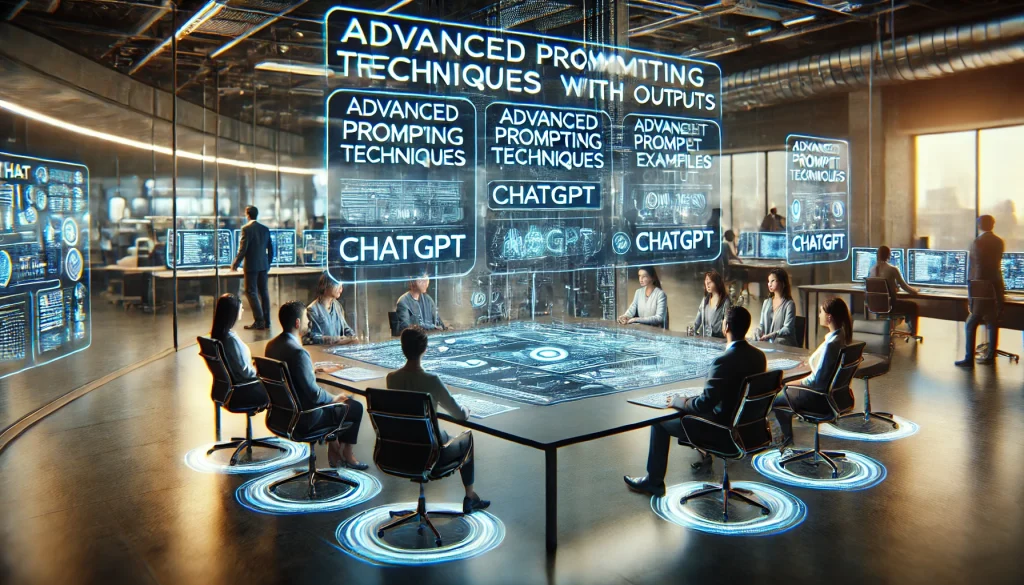Understanding your audience is the secret sauce to effective communication, whether you’re crafting a blog post, launching a marketing campaign, or simply trying to sell your grandma’s famous cookie recipe online. If you don’t know who you’re talking to, how can you expect to resonate with them? Let’s dive into why knowing your audience is crucial and how you can do it without losing your mind (or your sense of humor)!
Why You Need to Know WHO You’re Talking To
1. Tailored Content is King
Imagine throwing a birthday party and inviting everyone from your grandma to your college buddies. What kind of cake would you serve? A fruitcake for Grandma or a wild chocolate explosion for your friends? Knowing your audience helps you craft tailored content that speaks directly to their interests and needs.When you understand who your audience is—be it their age, preferences, or pain points—you can create content that resonates. This leads to higher engagement rates, more shares, and ultimately, more loyal followers.
2. Avoiding Awkward Conversations
Ever been caught in a conversation where you had no idea what the other person was talking about? It’s awkward, right? The same goes for content creation. If you don’t know your audience, you risk creating content that misses the mark entirely.For instance, if you’re targeting tech-savvy millennials but use outdated references or jargon, they’ll likely scroll past your content faster than a cat chasing a laser pointer.
3. Building Trust and Credibility
People are more likely to trust brands that understand their needs and values. By knowing your audience, you can address their concerns directly and provide solutions that matter to them. This builds credibility and fosters a strong relationship between you and your followers.
4. Maximizing ROI
If you’re investing time and resources into content creation, wouldn’t it be nice to see a return on that investment? Knowing your audience allows you to focus on what works, reducing wasted effort on content that doesn’t resonate.
How to Get to Know Your Audience
1. Conduct Surveys and Polls
Surveys are like the friendly neighborhood detective—asking questions to uncover insights about your audience. Use tools like Google Forms or social media polls to gather information about their preferences, interests, and challenges.
Pro Tip:
Keep it light and fun! Nobody wants to fill out a boring survey. Add some humor or interesting questions like “If you could have any superpower for a day, what would it be?”
2. Analyze Your Analytics
Your website and social media platforms are treasure troves of data! Dive into analytics tools like Google Analytics or Facebook Insights to understand who’s engaging with your content.Look at metrics such as:
- Demographics: Age, gender, location
- Interests: What topics do they engage with most?
- Behavior: How do they interact with your content?
This data will help paint a clearer picture of who your audience is.
3. Create Buyer Personas
Buyer personas are fictional representations of your ideal customers based on real data and insights. They help humanize your audience by giving them names, faces, and stories.For example:
- Techie Tim: A 28-year-old software engineer who loves gadgets and values innovation.
- Health-Conscious Hannah: A 35-year-old mom focused on wellness and family-friendly recipes.
Creating these personas helps guide your content strategy by ensuring you’re always speaking directly to them.
4. Engage on Social Media
Social media isn’t just for posting cute cat videos (though we love those too!). It’s also a great place to engage with your audience directly. Respond to comments, ask questions, and participate in conversations.
Pro Tip:
Use humor! A witty response can go a long way in building rapport with your followers.
5. Stay Updated on Industry Trends
Keeping an eye on industry trends helps you understand what’s important to your audience right now. Subscribe to relevant newsletters, follow industry leaders on social media, and join forums or groups where discussions are happening.This will not only keep you informed but also inspire fresh content ideas that resonate with current interests.
Common Mistakes When Understanding Your Audience
- Assuming You Know Them: Never assume! Always validate with data.
- Neglecting Feedback: Ignoring comments or feedback can lead to missed opportunities for improvement.
- Focusing Solely on Demographics: While demographics are important, psychographics (interests, values) provide deeper insights into behavior.
- Not Adapting Over Time: Audiences evolve! Regularly revisit your understanding of them as trends change.
Conclusion
Knowing who you’re talking to is essential for creating meaningful connections through your content. By understanding your audience’s needs, preferences, and behaviors, you can craft tailored messages that resonate deeply.So grab that detective hat (and maybe some cookies) because it’s time to get to know your audience better than ever before—without losing your mind in the process!







